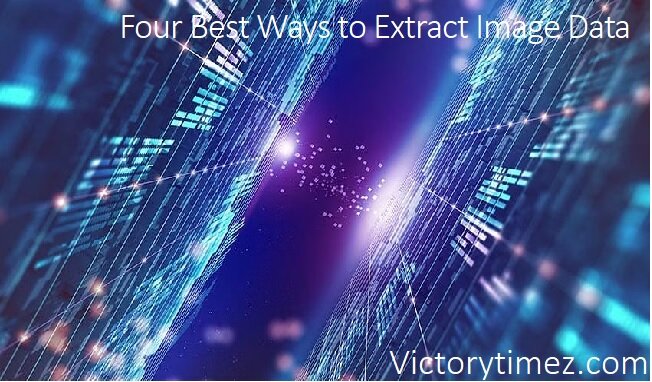
In today’s digital age, extracting data from images is a crucial task in various fields such as computer vision, medical imaging, and content analysis. Here are four of the best ways to extract image data efficiently and accurately.
1. Optical Character Recognition (OCR)
Optical Character Recognition (OCR) is a technology that converts different types of documents, such as scanned paper documents, PDFs, or images captured by a digital camera, into editable and searchable data.
Applications
- Document Digitization: Converting printed documents into digital formats for easy storage and retrieval.
- Text Extraction: Extracting text from images for data entry and analysis purposes.
- Automated Data Entry: Reducing manual entry errors by automatically extracting information from forms and invoices.
Tools and Techniques
Popular OCR tools include Tesseract (an open-source OCR engine) and commercial solutions like Adobe Acrobat and ABBYY FineReader. These tools use machine learning algorithms to recognize text patterns and improve accuracy over time.
2. Feature Extraction
Feature extraction involves identifying and pulling out specific attributes or components from an image, such as edges, corners, and textures. This process is fundamental in image processing and computer vision tasks.
Applications
- Object Detection: Identifying and locating objects within an image.
- Image Classification: Categorizing images into predefined classes based on extracted features.
- Facial Recognition: Identifying and verifying individuals by analyzing facial features.
- Tools and Techniques
- Techniques like SIFT (Scale-Invariant Feature Transform), SURF (Speeded-Up Robust Features), and HOG (Histogram of Oriented Gradients) are widely used for feature extraction. These methods are often implemented using libraries such as OpenCV and scikit-image.
3. Image Segmentation
Image segmentation involves partitioning an image Data into multiple segments or regions to simplify its representation and make it more meaningful and easier to analyze. Each segment represents a different object or part of the image.
Application
- Medical Imaging: Segmenting different tissues or organs in medical scans.
- Autonomous Vehicles: Identifying road, vehicles, pedestrians, and other elements in driving scenes.
- Satellite Imagery: Classifying land use and cover types in satellite images.
- Tools and Techniques
- Methods like thresholding, clustering (e.g., k-means), and deep learning-based approaches (e.g., U-Net and Mask R-CNN) are commonly used for image segmentation. These techniques are available in libraries such as TensorFlow, Keras, and PyTorch.
4. Convolutional Neural Networks (CNNs)
Convolutional Neural Networks (CNNs) are a class of deep learning models specifically designed for analyzing visual data. CNNs automatically learn to extract features from images through a series of convolutional layers.
Applications
- Image Recognition: Identifying and classifying objects within images.
- Image Generation: Creating new images or enhancing existing ones.
- Style Transfer: Applying the style of one image to another.
Tools and Techniques
Popular frameworks for building and training CNNs include TensorFlow, Keras, and PyTorch. Pre-trained models such as VGG, ResNet, and Inception can be fine-tuned for specific tasks, reducing the need for large datasets and extensive training.
Conclusion
Extracting data from images is an essential capability in numerous modern applications. By leveraging techniques such as OCR, feature extraction, image segmentation, and CNNs, professionals can efficiently process and anFour Best Ways to Extract Image Data
In today’s digital age, extracting data from images is a crucial task in various fields such as computer vision, medical imaging, and content analysis. Here are four of the best ways to extract image data efficiently and accurately.